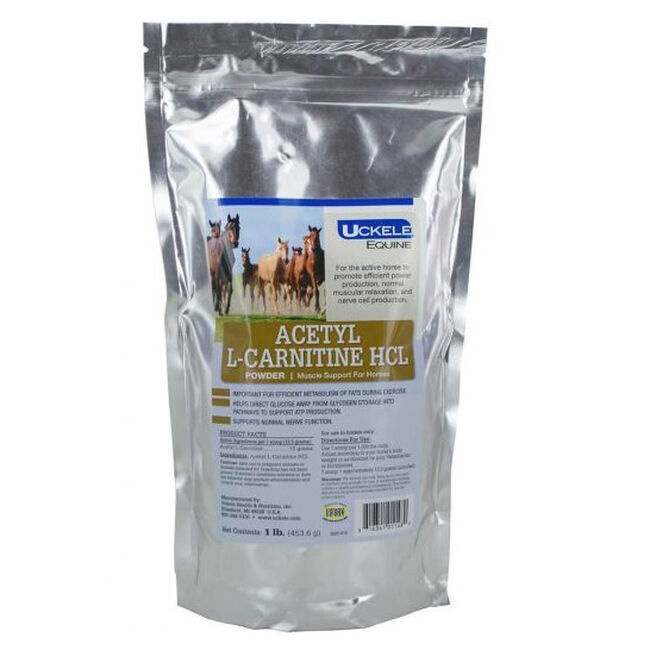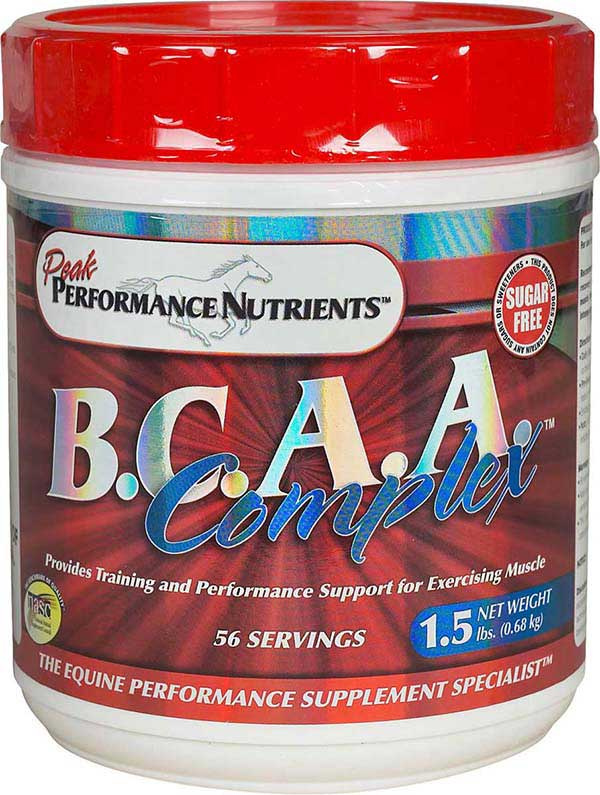What protein additives did you add specifically? Looking for brand names.
I also bought the Posture Prep because if I’m being honest with myself, I think mare has seemed just generally a bit sore the entire time I’ve had her. Not sore enough to be bite-y or reactive in anyway, but just enough to notice it in her demeanor. I am also constantly paranoid she’s lame and have been worried that I’ve been seeing something just like 5% NQR even before I pulled her out of work, but I repeatedly asked my trainer, the chiro, and boarders with much more experience than me and no one ever thought she was lame. But reading now that shifting and intermittent lameness is also a symptom.
There came a point this summer before she got injured where she was so. damn. hard to move forward, and if I even thought about relaxing my seat she would instantly drop down to a walk. The first time I got her a massage, the bodyworker was shocked at how tight she was for a 3yo. But there were a lot of things about that environment that I rationalized as the cause… lots of horses in a tiny dry lot with deep mud footing, and she was constantly getting kicked and bit and chased away from hay (we moved pretty quickly).
I attributed her soreness to the herd dynamics and our ex-trainer pushing her too far too fast. But now I’m rethinking everything 




